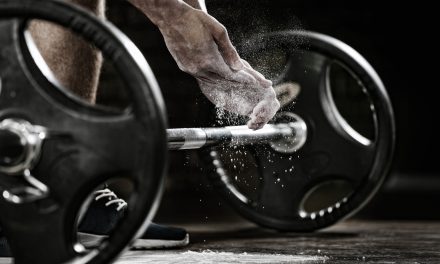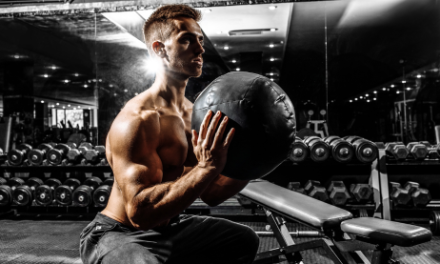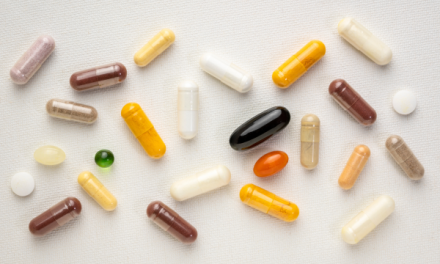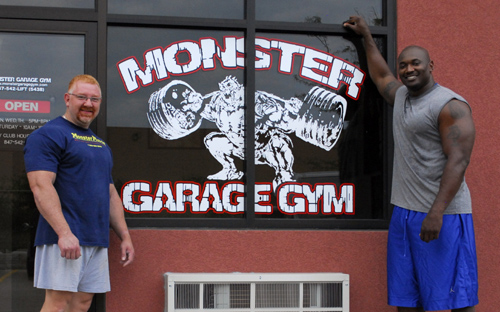by Mike Westerdal
Every guy lifting weights at the gym likes to have that ‘pumped’ look. When you’re pumped, your muscles look bigger and more vascular—they even feel tighter. The pump occurs during intense weight training sessions because lifting weights stimulates an increase in the amount of blood flowing into the muscles making them look bigger.
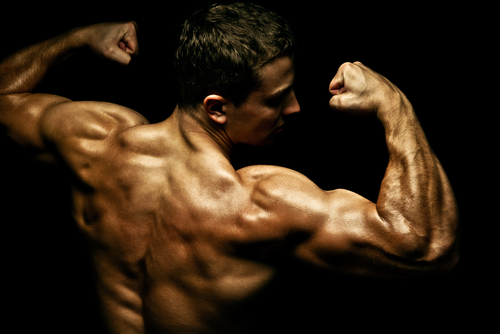
Getting pumped also gives a huge boost in self-confidence too. And though it looks really good, the pump is really just for show, not substance. You can achieve the same pump whether you’re lifting very heavy weights for fewer reps or lighter weights for lots of reps. The pump is the result of excess blood flow into the muscle cells, so being pumped up doesn’t translate into stronger muscles because unfortunately, that pumped up appearance is only fleeting. A few hours after you step out of the gym, it’s gone.
That’s not to say that the pump isn’t a good thing or that it’s not important. If nothing else, for the average weight lifter the pump is worthwhile just for the psychological boost that it provides. And if you are a competitive bodybuilder, then the pump is vital. In a competition, you need every visual edge you can get so it is essential that you get the best pump possible to really bring out the definition of your muscles and look your best.
For most competitive bodybuilders, the process of getting pumped (The Great Pump) starts several weeks before the competition. But unlike the ordinary pump that is stimulated by lifting weights, achieving the Great Pump revolves chiefly around a specific nutritional approach that includes adherence to a demanding carbohydrate- and calorie-restricted diet.
It is basically a very intense ‘cutting’ process that would normally follow a ‘bulking’ phase. The problem though is that the human body isn’t concerned about looking good for the competition. When you switch to an ordinary pre-contest cutting diet—a prolonged period of undereating—it causes the body to shift into survival mode. In this state, it doesn’t like to use stored fat for energy. Instead, it strives to preserve its energy stores (fat) for future needs and burns glycogen stores from the muscles and liver first, before moving on to the fat.
As a result, though you do get leaner and more defined, there is a notable loss of muscle mass.
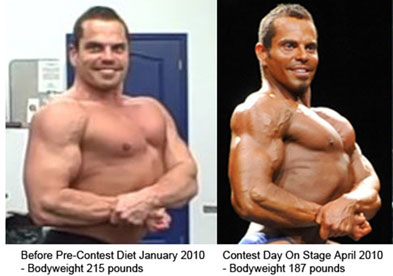
There have even been scientific studies documenting this fact. For example, a study that appeared in the Journal of Sports Medicine and Physical Fitness showed that extended calorie- and carbohydrate-restricted diets negatively impact muscle mass. In this particular study one of the subjects—a male bodybuilder—consumed an average of 2,263 calories per day with 71% of those calories coming from protein and only 16% being derived from carbohydrates. During his time on the diet, his percentage of body fat dropped from 16% to 4.4%. Interestingly, researchers concluded that about 25% of the pounds dropped were the result of the loss of lean muscle mass—that’s a lot of muscle mass to lose.
Surprisingly, bodybuilders who follow this sort of strict regimen in an effort to achieve the Great Pump inevitably find that they actually look the most pumped up not the day of the competition but rather the day after the competition. This occurs because as I mentioned, a prolonged period of deprivation shifts the body into survival mode—aka a catabolic state—during which it limits the burning of fat for energy, preferring instead to pull energy in the form of glycogen from the muscle cells.
The good part of this process is that it primes the body for jumping into a growth phase, which is activated post-competition when the bodybuilder allows himself the luxury of eating whatever he desires.
This knowledge of how the body functions can be used to your advantage to create the optimal state of the Great Pump. Essentially this approach focuses on combining a controlled period of undereating followed by a strategic period of overeating for the purpose of manipulating the body’s hormonal traffic cops to signal the body to shift into a rapid growth mode.
When the hormones signal this shift, they are telling to the body to move into a maximum anabolic state. The most successful bodybuilders are aware of this hormone manipulation strategy and use it to their advantage to gain an edge in a competition. The primary principle here is to move into a controlled undereating phase and then prior to the competition, shift into a light carb-loading mode to shift the body towards its maximum anabolic state and achieve the Great Pump during the competition, not after it.
If you want to experience the “Great Pump” I suggest you follow the outline that my bodybuilder friend Lee Hayward has put together that tells you exactly how to do it.
http://www.21dayfastmuscle.com === << Follow This To Achieve The Great Pump
A lot of people use this strategy even if they don’t compete and don’t have any intention of stepping on stage. Follow the guidelines from this article and you should be able to peak to look your best.
If you’re going to follow Lee Hayward’s plan give yourself 21 days. You can certainly give this a try on your own based on what you learned from this article. It’s not super difficult. Keep in mind Lee has ironed out all the bugs so if you don’t have time to experiment head on over to 21 Day Fast Mass for some….well…”proven fast muscle”.

